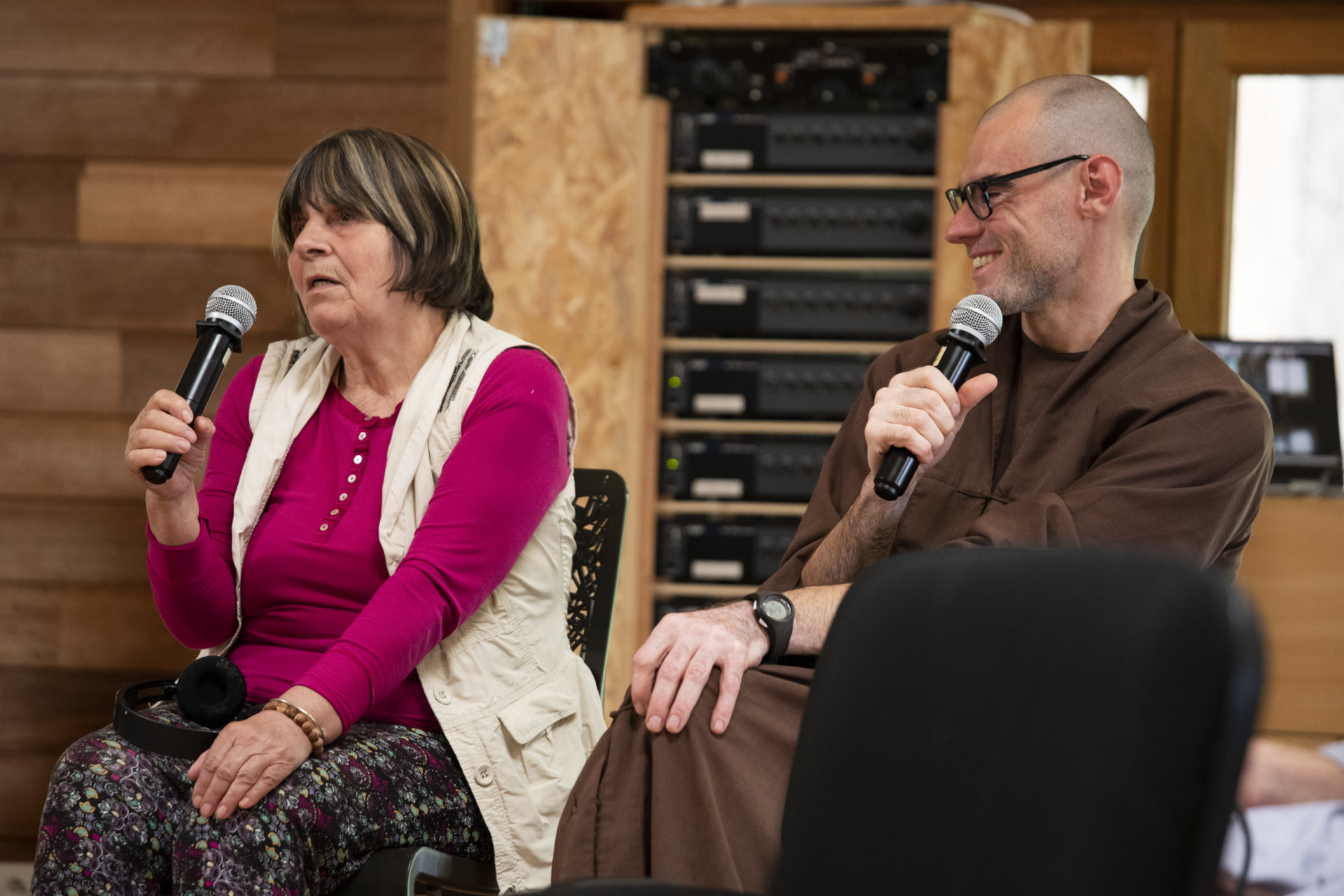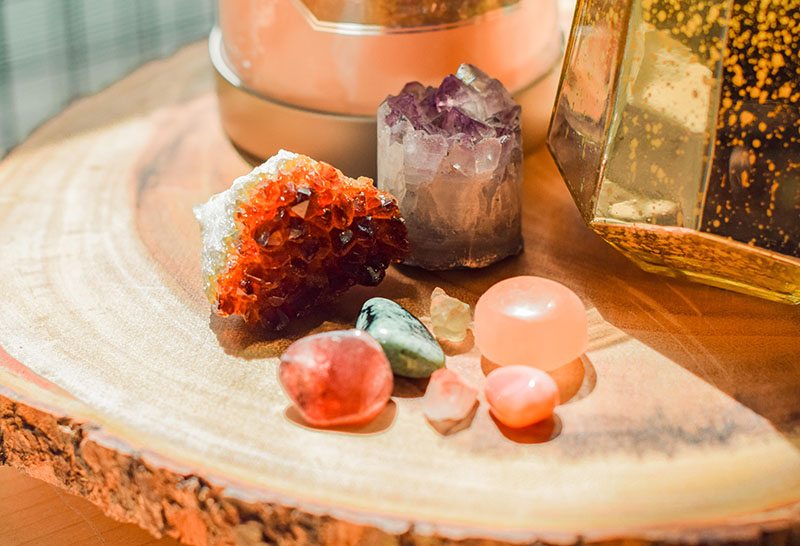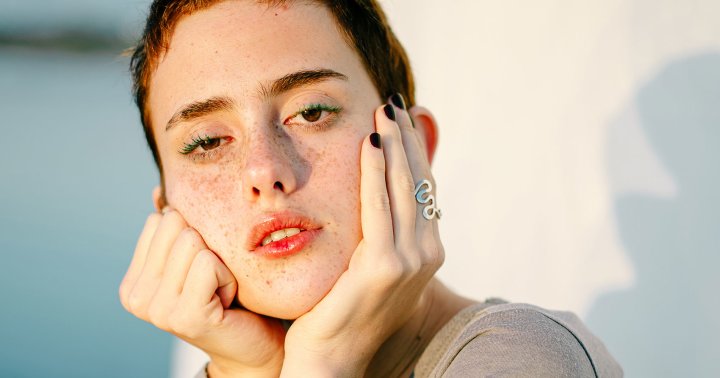Dream Yoga: Heal in Your Sleep
Lucid dreaming can help us mend emotionally and physically. Teacher Charlie Morley shares his tips for a healing dream yoga practice. The post Dream Yoga: Heal in Your Sleep appeared first on Wanderlust.

Want more? Experience Wanderlust firsthand at a life-changing 108 London event
What if you could conquer your fears, overcome mental blocks, and release emotional and physical stress while you were sleeping? With lucid dreaming, it’s a possibility.
Charlie Morley, a teacher of the Tibetan Buddhist practice of dream yoga, has experienced the power of the dream state in healing. He teaches lucid dreaming to numerous people suffering from post-traumatic stress disorder—including ex-soldiers, victims of terrorist attacks, and individuals who experienced abuse during childhood—as a means to not only cure nightmares, he says, but “to open people up to view their nightmares as a call for help rather than an attack from the unconscious.”
A lot of our fears, traumas, and shadow aspects of our psyche that we have unconsciously rejected can get shoved into the recesses of our mind, often bubbling over during the day—causing panic attacks and anxiety—or emerging in our dreams at night. Lucid dreaming, however, gives us a chance to interact with those fears in a place where we know nothing can hurt us, and therefore allow us to heal that part of our mind.
If we are able to compassionately interact with the parts of our dreams that we find repulsive or terrifying, we are taking huge steps to relieve the anxiety that often gets replayed in our waking state. Sending love, hugging, being kind, releasing, and forgiving during the dream state can lead us to awaken feeling very different from the day before.
While healing the mind during sleep is perhaps easy to wrap one’s head around—given lucid dreaming is the realm of the mind—repairing physical issues may seem a stretch too far. But it’s not as bizarre as it sounds.
Lucid dreaming gives us a chance to interact with fears in a place where we know nothing can hurt us…
There are many studies and examples where visualized healing—such as when individuals see themselves healed with colored light—can help to reduce stress, enhance the immune system, and lessen pain in patients. Athletes and performers are also well-known for using visualization to improve their skills. According to Charlie: “These techniques are dependent upon our ability to visualize, but that’s something not all of us find so easy. In a lucid dream, however, the playing field is leveled, because a lucid dream is the most vivid and complete visualisation we can experience.”
Applying the same visualisation healing techniques within a lucid dream may prove far more effective than visualization in the waking state. Indeed in Tibetan Buddhism it is believed that the mind is up to seven times more powerful in the lucid dream state. Once we attain lucidity we can use techniques such as positive affirmations, hands-on healing, and visualizing our dreaming self healed and whole.
Charlie himself says he wore glasses before being told in a dream that he had a “conflict in his eyes.” The next lucid dream he had he says he affirmed the conflict to be gone when he felt the dream “shake,” and upon waking no longer needed to wear glasses*. “I certainly doubted myself for a bit and thought it was just a placebo effect, but my eyesight has stayed healed,” he says. Other lucid dreamers claim to have healed everything from minor ailments to disease by using hands-on healing, affirmations, or seeking guidance in their dream time.
Charlie recommends the affirmation, I am healed of all non-beneficial disease, for healing. “Another favorite of mine for general psychological health is to call out: I am happy, healthy, and helpful in every single way—I am happy, healthy, and helpful every single day!” he says.
So let’s take a step towards healing by practicing how to lucid dream. Here is this week’s homework…
1. Look for Dream Signs
After being prompted to start a dream diary last week, hopefully you now have a collection of weird and wonderful notes from your experiences. We’re going to continue with the dream diary, upping the ante to jot down notes in the middle of the night in addition to the morning to improve our dream recall. And now we’re also going to take a look at the content. We’re looking for “dream signs”—any improbable, impossible, or bizarre aspect of your dream experiences that can help indicate that you are dreaming.
In reading through your notes see if you can spot any recurring dream signs—be those themes, places, or characters—that seem to occur in your dreams. Perhaps the sign is an old friend you no longer see, a deceased relative, or a place from your childhood. Or maybe you dream regularly about dogs. Whatever the sign is, it could be a trigger in your next dream for you to realize—ah! I’m at school, so I must be dreaming. “Acknowledging our particular dream signs in the waking state will lead to conscious recognition of them within the dream state, thus triggering lucidity,” says Charlie.
2. Reality Checks
Now the fun really begins. We are going to start looking for weird things happening in our waking lives. Anything we experience that is slightly off—a peculiar person, déjà vu, synchronicity, unusual light—when we come across this we’re going to ask ourselves the question: Am I dreaming? and follow it with what is called a “reality check.” Remember the spinning totem in Inception? Well, it’s kind of like that.
There are many things our mind can rarely replicate in dream state. For example, the mind often struggles to look at our hands twice in succession without something about our hands changing. Another is reading the same text twice in a dream without the words altering. And finally, the dreaming mind finds it hard to use digital or electronic devices without them malfunctioning in some way. So during our waking life this week we will be keeping an eye out for anything unusual that happens, and then asking ourselves “Am I dreaming?” Followed immediately by a reality check: either turning the palms up and down twice to see if they stay the same; looking for text to read twice, checking whether it differs; or using our phone or computer to see if it malfunctions.
“By doing reality checks in the daytime, you’re creating a habit that will then reappear in your dreams,” says Charlie. “Only the result there will be that your hand will change or morph in some way and so you’ll realize you are dreaming.” According to Charlie the key is to carry out reality checks with focus rather than rushing through them. Now if you see someone looking at you and then checking their hands, you’ll know you’ve just been the object of someone else’s reality check…
Also keep playing with last week’s tips of meditating and using affirmations before bedtime.
Next week is the final part of this series with tips from Charlie. We’ll be exploring how to work with the hypnagogic state, how to maintain lucidity within a dream, and how to turn lucid dreaming into the spiritual practice of dream yoga.
*The views expressed here belong to Charlie Morley.
—

Helen Avery is a Section Editor at Wanderlust Media, working on the Vitality and Wisdom channels on wanderlust.com. She is a journalist, writer, yoga teacher, minister, and full-time dog walker of Millie.

 ValVades
ValVades 
































